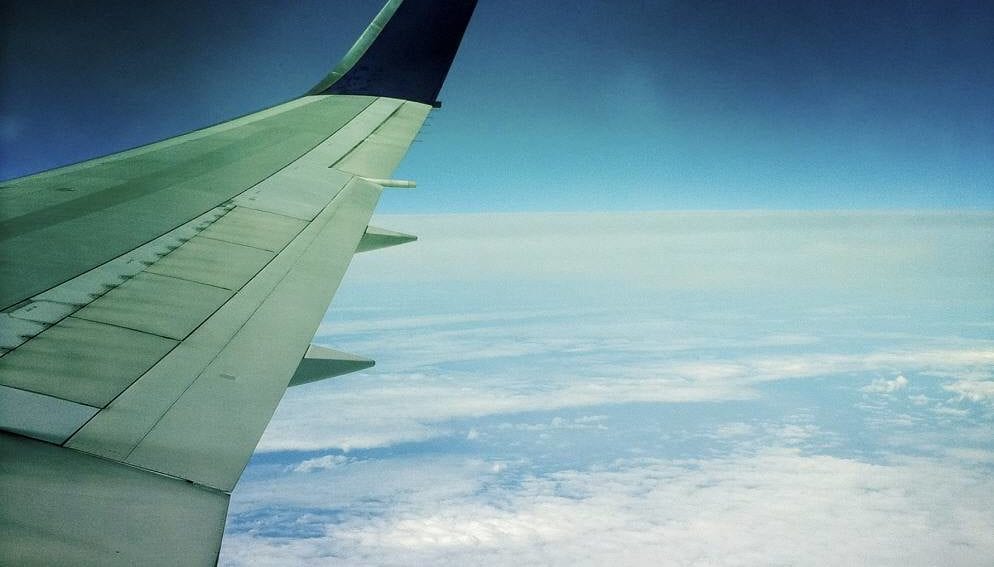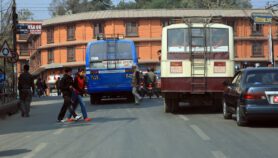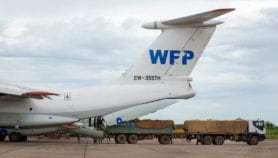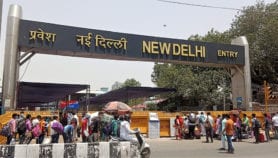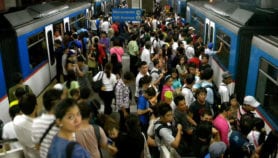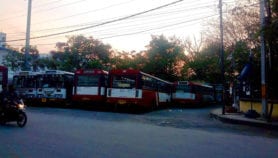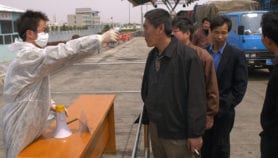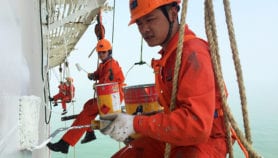By: Crispin Maslog
Send to a friend
The details you provide on this page will not be used to send unsolicited email, and will not be sold to a 3rd party. See privacy policy.
The mysterious disappearance of Malaysia Airlines Flight 370 on its way from Kuala Lumpur to Beijing on March 8 has stumped investigators for more than a month now.
The incident has fuelled speculations on the cause of the disappearance, ranging from mechanical failure and on-board fire to hijacking and pilot suicide. None of the theories so far on how it vanished has been accepted as the most likely.
Despite the incident, air traffic in the Asia-Pacific will continue to grow at a fast pace. According to the journal Orient Navigation, seven out of the world’s top 10 busiest routes today are in the region. By next year, the Asia-Pacific will account for 30 per cent of all aircraft passengers. In comparison, North America will account for 23 per cent. [1]
Of the 800 million new passengers expected to fly by next year, 360 million will be from the Asia-Pacific, the journal says. China alone will account for 214 million new passengers.
To serve this growing traffic, South-East Asia’s airlines are expanding rapidly as the region continues to prosper. This growth in fleet capacity, according to business analysts, is partly pushed by the forthcoming open skies policy of the Association of South-East Asian Nations (ASEAN), as airlines jockey for new routes and an increased share of the air traffic.
Managing air traffic
This phenomenal uptick in the region’s air lanes has raised concerns about safety. Do ASEAN countries have the capacity to manage safely the increasing number of planes coming in and out of their airports?
Two of the fastest growing airports in South-East Asia — Kuala Lumpur and Manila — are now investing in new communications and navigational systems to cope with this increasing air traffic.
Malaysia will invest US$212 million to build a new air traffic control centre at Kuala Lumpur International Airport to replace its 20-year old system. In Manila, officials have committed US$300 million to renovate and equip the 40-year old Ninoy Aquino International Airport with a new communications surveillance and air traffic management system. [2]
Singapore, the region’s international air hub and the world’s fifth busiest airport, has launched a new air traffic control centre equipped with a sophisticated control system worth over US$300 million. The Singapore Air Traffic Control Centre comes with the newly-developed LORADS III, the world’s most advanced air traffic management system. [3]
Reducing air pollution
This burgeoning air traffic has also put the spotlight on aviation emissions and how to reduce them. No less than the International Air Transport Association (IATA) has taken the initiative in assuming environmental responsibility, adopting the battle cry of carbon neutral growth by 2020.
IATA explains that carbon neutral growth “means aviation’s net carbon dioxide emissions stop growing, even when demand for air transport continues to grow . . . net CO2 emissions from aviation would peak from 2020 and decline after that.” [4]
Technology, such as revolutionary new plane designs and the development of biofuels, is reducing aviation emissions. Future technologies could reduce emissions by 20 to 35 per cent for each aircraft, IATA adds.
Flying today is safer?
The disappearance of MH Flight 370 has raised questions among the flying public of how safe is Malaysian Airlines and even how safe is flying today. The answer is quickly supplied by the New York Times: flying on a commercial jetliner has never been safer. [5]
In the last five years, the chance of passengers in the United States becoming involved in airline accidents was one in 45 million flights, the Times quoted Arnold Barnett, a professor of statistics at the Massachusetts Institute of Technology in the US. In other words, flying has become so reliable that a traveller could fly every day throughout his life and not be involved in a fatal crash.
There are many reasons for this safety record, the Times observes. “Planes and engines have become more reliable. Advanced navigation and warning technology have sharply reduced once-common accidents like mid-air collisions or crashes into mountains in poor visibility.”
This excellent track record continues to be upgraded with more new technologies coming into play. One of these new technologies is Boeing’s Airplane Health Management programme, which provides a backup to the airline’s own surveillance system. About 70 per cent of airlines already subscribe to this expensive program. Malaysian Airlines, however, has not yet subscribed to the service. [6]
Under the programme, Boeing monitors engine performance while the airplane is in flight to mine data and help airlines spot mechanical faults immediately.
Most airline passengers are not informed enough about the painstaking steps the airline industry has taken to ensure their safety. So the next time you fly, think of how much science has made flying safer and more pleasant.
This article has been produced by SciDev.Net's South-East Asia & Pacific desk.
References
[1] Tom Ballantyne Targetted: Asia-Pacific (Orient Aviation, June 2013)
[2] William Dennis Southeast Asia Airports Prepare for Traffic Boom (AIN Air Transport Perspective, 10 February 2014)
[3] Michele Travierso Singapore’s $300-million Air-Traffic Automation System Unveiled (IEEE Spectrum, 17 February 2014)
[4] International Air Transport Association Global Sectoral Approach for Addressing Aviation Carbon Emissions (IATA, accessed 2 April 2014)
[5] Jad Mouawad and Christopher Drew Airline Industry at Its Safest Since the Dawn of the Jet Age (New York Times, 11 February 2013)
[6] Julie Johnsson and Mary Schlangenstein Malaysian Air Said to Opt Out of Being Jet-Data Service (Bloomberg, 13 March 2014)


